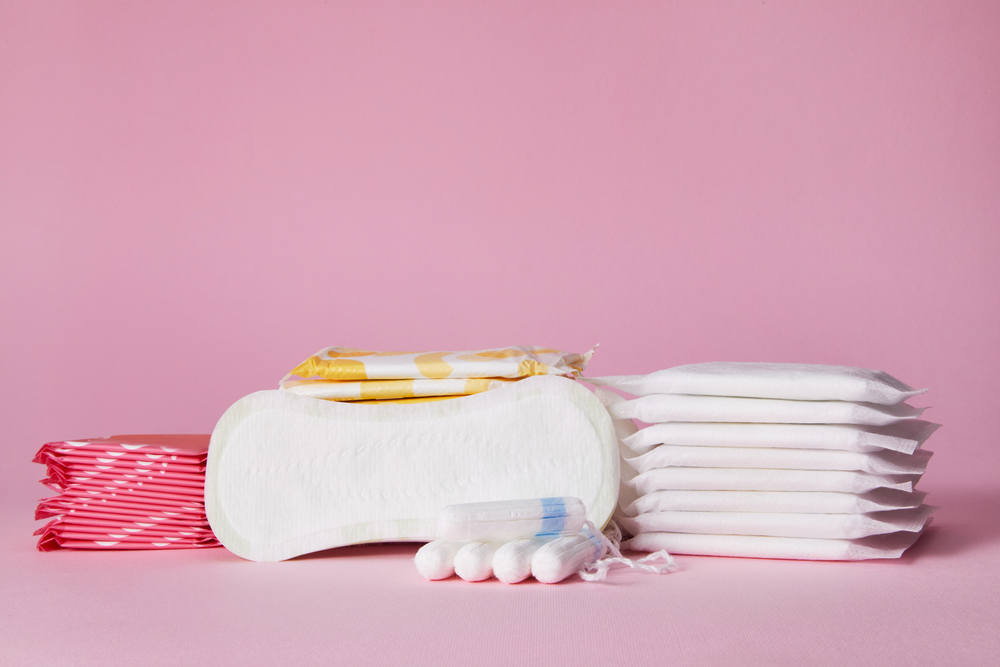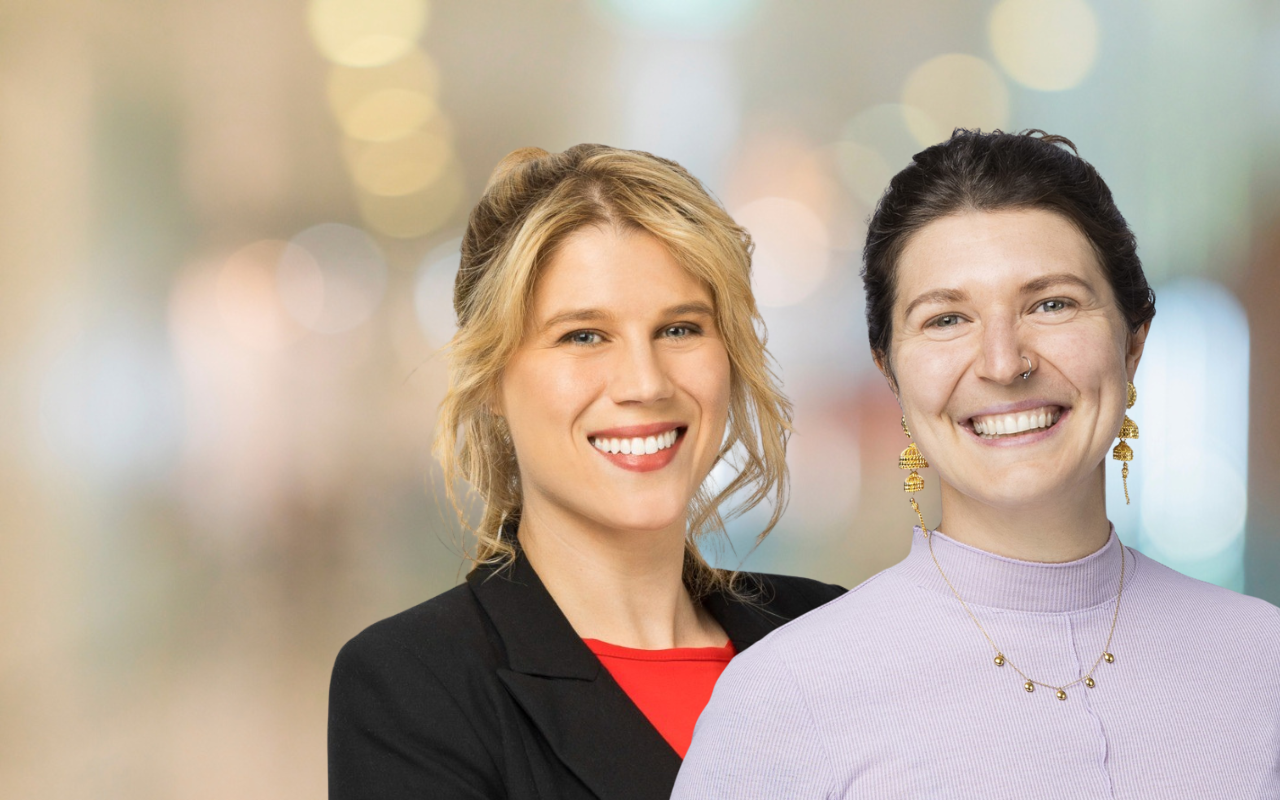To improve menstrual product access in Australia, we need to understand the menstrual needs of marginalised groups.
Every month, 2 billion people menstruate, yet many lack the materials and facilities necessary to manage their periods. Menstrual product insecurity — difficulties accessing or affording menstrual products — may compromise people’s health, wellbeing, education and economic participation.
Those experiencing menstrual product insecurity may extend product use beyond hygiene guidelines, improvise with makeshift solutions, or forgo products entirely. In response, governments in high income countries have created initiatives to provide free menstrual products.
In Australia, period products are available in all Victorian public schools. Last year, the Victorian Government announced plans to expand this initiative to provide free period products to the public and have recently announced locations for vending machines in selected public spaces, such as public hospitals, libraries and staffed train stations.

Understanding the needs of marginalised groups
While government efforts are promising, they often lack evidence-based design or evaluation of effectiveness. Our study aimed to bridge this gap by exploring the question: How would a free product provision service best serve those experiencing the most menstrual product insecurity?
We focused on understanding the menstrual health needs of marginalised groups in Victoria and gathering their recommendations for how best to deliver a service. In May 2023, we conducted interviews with 30 participants aged 18–45 years from priority groups and 5 interviews with key informants. The priority groups included the following:
- First Nations people;
- culturally and linguistically diverse communities;
- youth;
- LGBTIQ+ individuals;
- people living with disabilities;
- people experiencing homelessness;
- people from low socio-economic backgrounds.
Participants took part in 45–60-minute interviews in person or via Zoom and shared their experiences of menstrual product insecurity and preferences regarding initiatives to support them including preferred access points, product choices, service interactions and barriers. We used photographs of potential product delivery mechanisms to determine participant opinions and considerations for varying possible delivery mechanisms. While this enabled a specific response to recent Victorian public provision policy, findings are likely to be influenced by the delivery mechanisms shown.
We identified three levels of menstrual product insecurity:
| Level of product insecurity | Definition | In practice |
| Severe | Unable to afford or access menstrual products and hygiene products (ie, soap or wipes) and often lack facilities for washing. | Using improvised materials such as old clothes and towels, stealing products and seeking assistance from social services. |
| High | Unable to afford or access sufficient menstrual products or sacrificing other essentials. | Prolonging wear of menstrual products, stealing from friends or family, and only purchasing during sales. |
| Low | Can afford products but may have limited choice, causing financial strain. | Extending use, delaying purchasing until items are on sale, buying in bulk or purchase of non-preferred products. |
Diverse product delivery needs
Given the diversity of needs, participants emphasised that no single solution would work for all:- “It’s basically my answer … there needs to be options.”
The best delivery methods varied by level of insecurity:
- Severe insecurity: coordination with existing social services (eg, food banks, shelters).
- High insecurity: direct provision via cashback, rebates or subsidies.
- Low insecurity: public vending machines in public spaces like libraries and train stations.
Convenience was a top consideration for all those interviewed, although locations that were considered convenient differed. Locations where people were already engaged had the added benefit of established relationships; with trust of service providers seen to support uptake.
One severe needs participant who frequented foodbanks said, “You can have a feminine parcel, okay, all it is, just a small additive into your food parcel.”
Locations such as train stations and libraries posed affordability and access barriers for severe needs groups. Vending machines in these locations were considered more suitable for low-needs individuals.
Most participants prioritised privacy in accessing products. Many preferred direct delivery (eg, postal services) to maintain discretion. Sensitivity training for service providers and placing vending machines inside private stalls were also suggested. However, visibility was equally critical. Participants expressed frustration that menstruation remains a hidden issue.
“[If] there is a poster about menstrual periods or pads, everybody would get the awareness and be educated. That is one way to normalise it,” one participant said.
The balance between privacy and visibility requires careful consideration to ensure the service is both inclusive and accessible, while protecting users.
No one-size-fits-all solution
Our findings provide further evidence highlighting the burden of menstrual product insecurity in high income countries; a challenge that is amplified by marginalisation, affordability issues and accessibility barriers. Given the diversity of lived experiences, a one-size-fits-all approach is insufficient.
Consistent considerations — convenience, product choice, privacy and fear of misuse— emerged across all participants, but preferences for service delivery varied widely.
Finally, it is worth noting that participants struggled to consider menstrual products in isolation; menstrual stigma, inadequate accessible education and health care support were continually linked. Product provision initiatives were seen as an opportunity to address holistic menstrual health needs. Suggestions included using QR codes on vending machines to link users to health resources and integrating services with GP visits to provide holistic menstrual health care. The need for proper advertising and promotion of any free product program was stressed, highlighting broader concerns about menstrual stigma and education.
By taking these steps, we can move towards a more inclusive approach to menstrual health support.
The authors do not work for, consult, own shares in or receive funding from any company or organisation that would benefit from this article, and have disclosed no relevant affiliations beyond their academic appointment.
The statements or opinions expressed in this article reflect the views of the authors and do not necessarily represent the official policy of the AMA, the MJA or InSight+ unless so stated.
Subscribe to the free InSight+ weekly newsletter here. It is available to all readers, not just registered medical practitioners.
If you would like to submit an article for consideration, send a Word version to mjainsight-editor@ampco.com.au.

 more_vert
more_vert